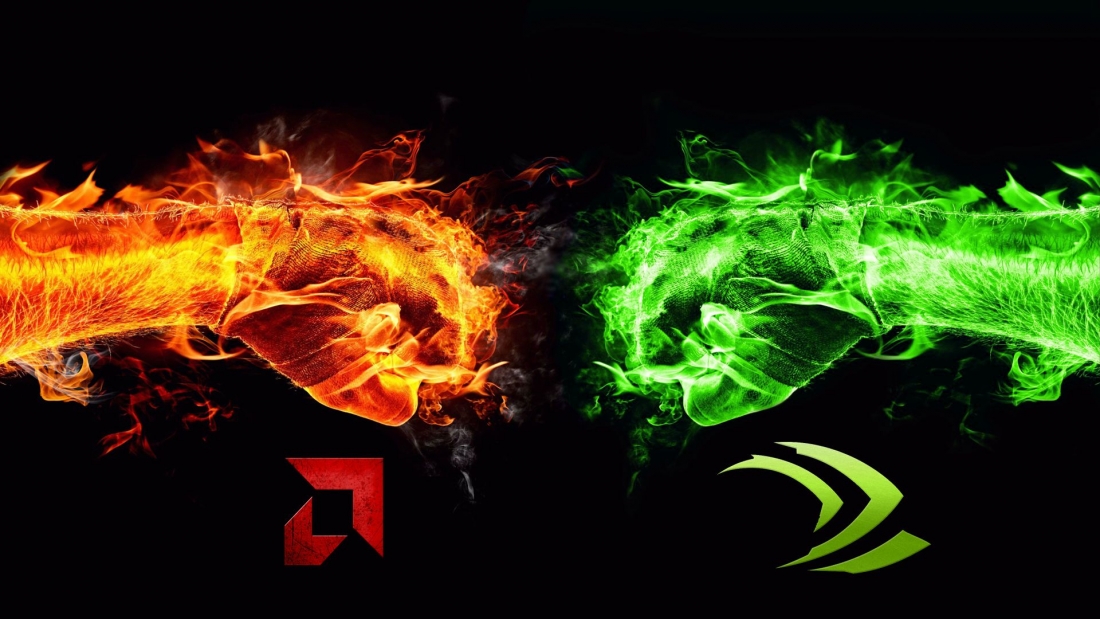You might say that 2015 hasn't been the most exciting year for graphics cards, though in many ways it was probably more eventful than 2014. All told, Nvidia unleashed just four new GPUs in 2015 while AMD delivered eight cards if you're willing to be loose with the definition of "new" and three if you're not: Radeon R9 Fury X, Fury and Nano.
At this point, it looks like AMD and Nvidia have finally squeezed the most out of the 28nm design process. Before moving on, AMD will release a dual-GPU version of the Fury X while Nvidia could also return fire with a dual-GPU monster of its own.
Something we haven't seen a lot of this year has been price cuts. AMD has been competitive at the upper end of the high-performance GPU market and has therefore felt less pressure to reduce prices. The key battles are currently being played out between the GTX 750 Ti and R7 360 at around $100, the GTX 950 and R7 370 at $150, the GTX 960 and R9 380 at $200, the R9 390 and GTX 970 at $300, the R9 390X and GTX 980 at $450 and finally the GTX 980 Ti and R9 Fury X at $650.
